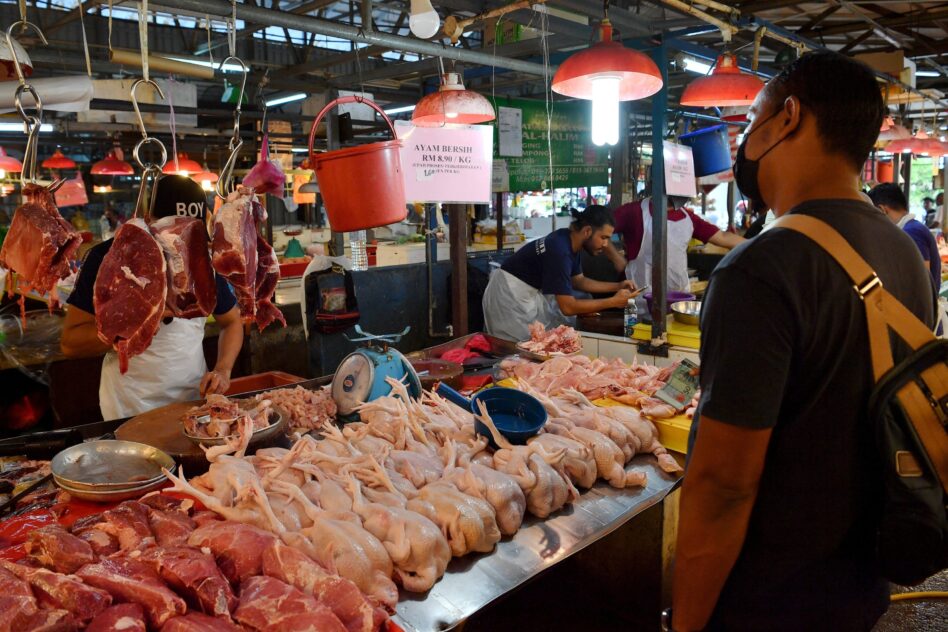THE Regional Comprehensive Partnership (RCEP) trade agreement is able to support the regional economic recovery following the COVID-19 pandemic, devastating job losses and exhausting supply chain disruptions that have been plaguing global economies.
The agreement also targets reductions in non-tariff barriers by covering trade in services, investment, e-commerce, intellectual property and labour mobility.
On a similar note, the RCEP will facilitate greater volumes of outbound foreign direct investment (FDI) and existing supply chain reorientation throughout Asean with greater market access and increased production opportunities, according to Moody’s Investor Service analyst Michael.
Signed by Asean members, Australia, China, Japan, South Korea and New Zealand, the RCEP encompasses economic output in excess of US$26.2 tri in gross domestic product (GDP) and cross-border trade worth US$10.4 tri, making it the world’s largest free trade agreement (FTA).
Despite that, the credit rating agency believes that the most externally oriented economies in the group, namely South Korea, Japan, Malaysia, Thailand and Vietnam, will experience the largest trade-related output gains over the coming decade.
With a refocus on regional production and consumption, those economies will stand to promote greater export growth amid rising costs for cross-border trade and shortening supply chains to minimise disruptions from external shocks.
“For Japan and South Korea which don’t have a bilateral FTA, we expect the most substantial economic benefits to relate to their status as technologically innovative manufacturing exporters, and savings from tariff reductions on South Korean exports to Japan,” Higgins said.
He expects Malaysia, Thailand and Vietnam to be major beneficiaries of production relocations after the pandemic as businesses seek to diversify their supply chains.
“Smaller RCEP nations like Cambodia will benefit from deeper market access with greater trade liberalisation,” he added.
According to the joint leaders’ statement at the conclusion of the RCEP summit, the agreement will eliminate tariffs and quotas on 65% of traded goods, in addition to establishing transparent regulation and common rules of origin.
Over the next two decades, remaining tariffs and restrictions covering over 90% of trade within the bloc are due to be further liberalised. The main exception is agricultural products, which are often more economically sensitive at the national level and have been a sticking point in bilateral trading relationships.
With the agreement, RCEP member nations can enjoy flexibility in the timeline for implementing commitments. In the case of reducing goods tariffs, varying implementation
schedules over two decades allows a longer period of time to harmonise domestic regulations.
Meanwhile, the Peterson Institute of International Economics (PIIE) estimates that incremental income gains from RCEP will total up to US$209 bil globally by 2030, building upon the US$121 bil in benefits from the Comprehensive and Progressive Agreement for Trans-Pacific Partnership (CPTPP) over the same period.
These estimated economic gains will provide an important offset to the US$301 bil in losses that PIIE expects from the aftermath of the US-China trade war.
(image)
“The magnitude of gains results from the variation in country-specific strengths: higher value-added supply chains from Japan and South Korea will benefit predominantly from greater access to the large Chinese domestic market in addition to bilateral trade benefits,” Higgins noted.
Malaysia, Thailand and Vietnam is expected to gain as beneficiaries of supply chain shifts into ASEAN, while more modest gains for New Zealand and Australia will relate to their economies’ orientations in natural resources and primary industries respectively.
“The RCEP agreement allows the accession of other countries 18 months after the entry into force of the agreement, including a specific clause on the opportunity for India to re-join after opting out of the deal in November 2019,” Higgins pointed out.
“As such, the potential for greater economic and trade opportunities both within and outside of APAC will remain a key tenet of the agreement as implementation occurs over the coming years.” – Nov 20, 2020










